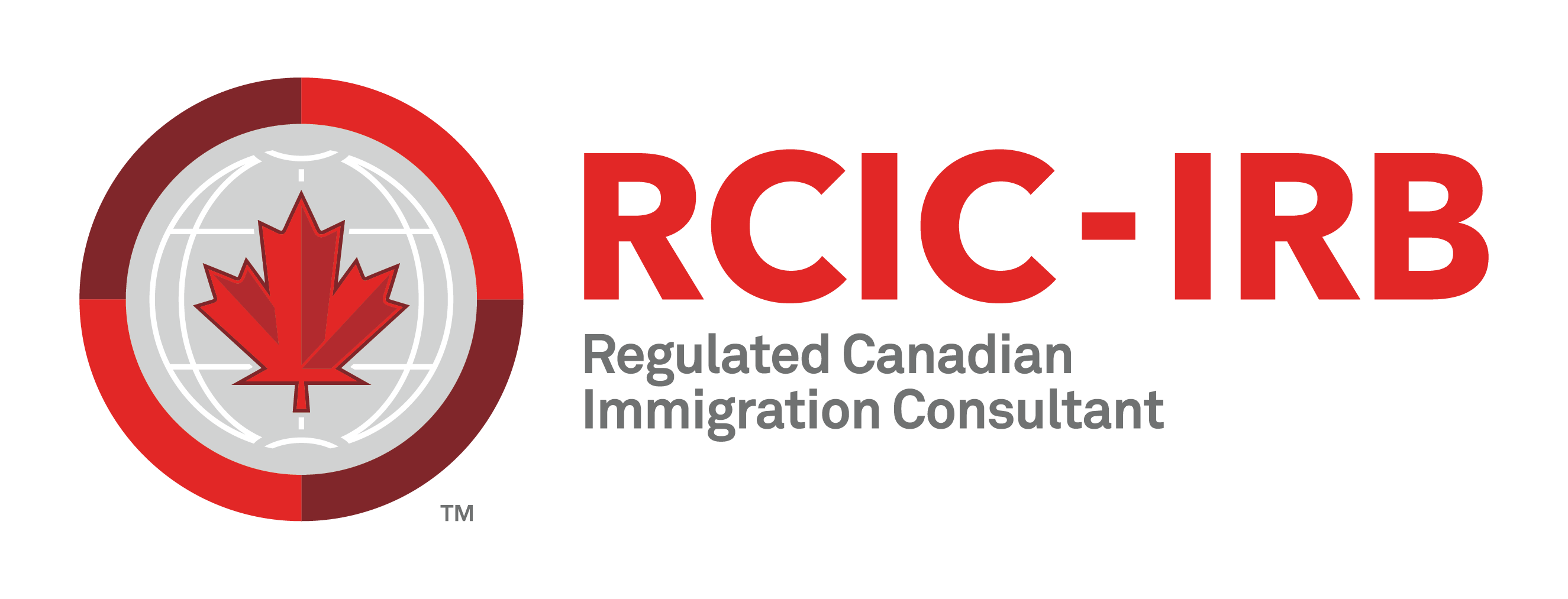Embracing Dual Intent: Canada’s Pathways to Temporary and Permanent Residency
On April 5, 2023, Immigration, Refugees and Citizenship Canada (IRCC) revealed a significant program delivery update concerning the concept of “dual intent” in the processing of temporary resident applications. The update aimed to provide comprehensive revisions to the instructions pertaining to dual intent, recognizing the legitimacy of having two distinct intents—one for temporary residence and one for permanent residence. The new guidelines emphasize the importance of viewing these intents as complementary, not contradictory, and actively promote pathways to permanent residence for foreign nationals, especially those with Canadian work experience.
The Impact of Dual Intent
The revised IRCC instructions specifically direct that having two intents, initially for temporary residence and eventually for permanent residence, is entirely acceptable. This move comes as a recognition of the valuable contribution made by temporary residents, including students and workers, to Canada’s economic growth. It also acknowledges the significance of providing feasible pathways to permanent residence for these individuals, given their substantial investment in time and resources to acquire skills and valuable experience within the country.
Addressing Concerns
Immigration lawyers and consultants frequently encounter inquiries about the possibility of visiting, working, or studying in Canada while having a pending permanent residence application or intending to submit one. This concern is particularly pronounced in Canada’s family reunification programs, where families are unwilling to endure potentially lengthy separation periods while waiting for reunification. Similarly, it arises in economic immigration programs as foreign workers and students often aspire to immigrate to Canada eventually.
The Dual Intent Provision
Section 22(2) of Canada’s Immigration and Refugee Protection Act (IRPA) establishes the dual intent provision, stipulating that a foreign national’s intention to become a permanent resident does not preclude them from obtaining temporary residency, provided that the immigration officer is convinced that they will leave Canada by the end of their authorized stay. IRCC’s program manuals explicitly state that having two intents—one for temporary residence and one for permanent residence—is legitimate. However, it is essential to note that the possibility of future approval for permanent residence does not exempt the individual from fulfilling the requirements of temporary residency, including the obligation to depart Canada when required.
Factors Influencing Temporary Residence Applications
When assessing temporary residence applications, Canadian visa officials take several factors into account to determine whether the applicant will indeed leave the country by the end of their authorized stay. These factors include the duration of the planned stay, the applicant’s means of support, their obligations and ties in their home country, the purpose and context of their visit, the credibility of the documents submitted, and their past compliance with Canadian immigration legislation.
Family Reunification Context
In the context of family reunification, additional factors may be considered, such as whether the sponsorship application has been approved, whether the application for permanent residence has received stage one approval, the extent to which the applicant has retained ties in their home country, and their contingency plan should their permanent residence application be refused.
Dual Intent and Work Permit Applicants
Dual intent is can be applicable in some categories of work permit applicants. The Federal Court of Canada has addressed cases where work permit applications were refused based on family ties, even when the applicants’ purpose was to eventually apply for permanent residency under a start-up entrepreneurship program. The court ruled that such refusals were inconsistent with the program’s purpose and allowed dual intent under Section 22(2) of the IRPA.
Balancing Dual Intent and Temporary Residency Requirements
IRCC’s Temporary Resident Guidelines emphasize that having two different intents—one for temporary residence and one for permanent residence—should not, by itself, be a reason to refuse a temporary residence application. The ultimate decision hinges on whether the immigration officer is satisfied that the applicant will leave Canada at the end of their authorized stay, regardless of potential approval for permanent residence in the future.
Challenges and Judicial Reviews
The implementation of dual intent has raised some challenges, with certain cases requiring a fine-grained analysis of evidence to determine whether an individual would indeed leave Canada when required to do so. Some judicial reviews have highlighted the importance of assessing an applicant’s intention in entering Canada and the necessity of distinguishing between temporary and permanent intent.
The recent program delivery update by IRCC marks a significant step in recognizing dual intent as a legitimate concept in the Canadian immigration system. Acknowledging the potential contributions of temporary residents and providing viable pathways to permanent residency reflect a more comprehensive and inclusive approach to immigration. However, striking a balance between dual intent and temporary residency requirements remains crucial, ensuring that Canada continues to attract skilled individuals while maintaining the integrity of its immigration processes. As Canada continues to evolve its immigration policies, embracing dual intent can foster a dynamic and thriving society enriched by the diverse talents and experiences of individuals from around the world.


